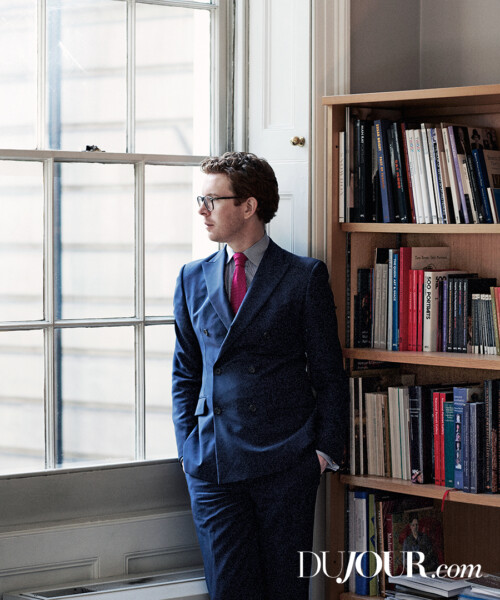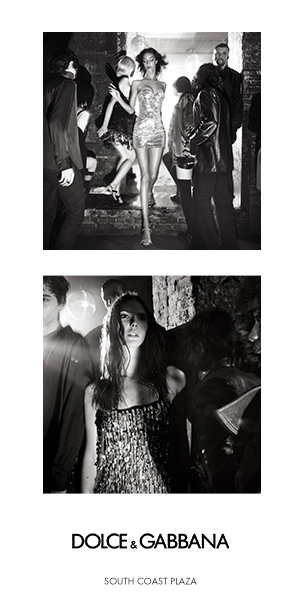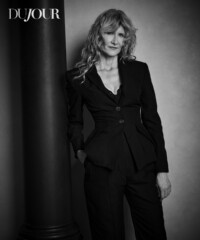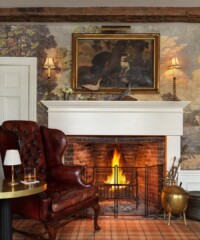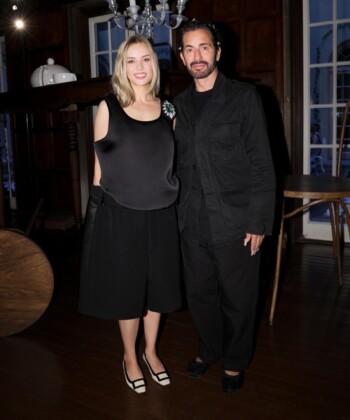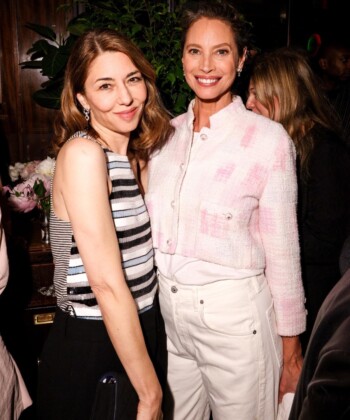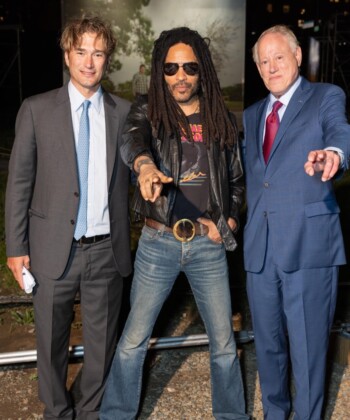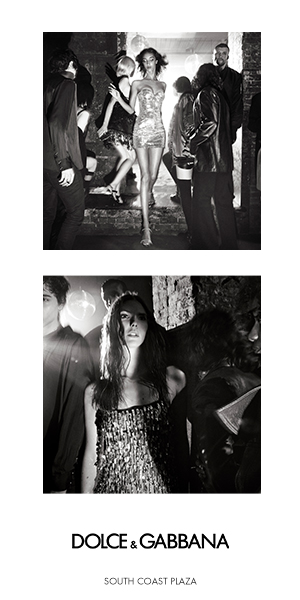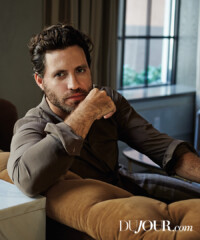Soft-spoken, boyish and American-born, Nicholas Cullinan doesn’t seem like the most obvious candidate to direct London’s National Portrait Gallery, an august institution whose collection of 10,000 paintings of famous Britons stretches back to the 16th century. Despite this, Cullinan, who’s schooled in art both classic and cutting edge, intends to raise the museum’s international profile by treating its two subjects—portraiture and British culture—not as restrictions but opportunities to make exciting new connections. “Those two parameters are really fascinating,” he says. “Especially now, when we often communicate through images that are portraits, like selfies. And we’re asking ourselves what exactly it means
to be British.”
In April, Cullinan, 38, became the second-youngest director in the Portrait Gallery’s 159-year history. About a decade earlier, while finishing his graduate studies at London’s Courtauld Institute of Art, he had worked for the museum part-time as a visitor-service assistant. This makes him one of the very few directors of a major museum who got their start guarding its galleries. “I think I may be the first,” Cullinan says with a sheepish grin during an interview in his office. The career trajectory has only helped endear him to the staff. “They understand that I worked my way up, that I haven’t had everything just handed to me on a plate.”

Objects on the mantle in Nicholas Cullinan’s office
With his thick-rimmed aviator glasses, curly red hair, and taste for knit ties and cardigans, Cullinan has the rumpled, bookish Brit look down pat. But he considers himself at least part Yankee. He was born in New Haven, Connecticut—his father was in construction, his mother a housewife—and grew up in Yorkshire. He has an American passport and still has family in the United States. “My accent isn’t entirely British, and I don’t think of myself as being completely British,” he says. “I’m really between America and Britain.”
His interest in art was sparked before college when he traced the Victorian-era critic John Ruskin’s steps through Venice. Since getting his Ph.D. in art history, Cullinan has poured himself into a curatorial career that’s taken him from the Tate Modern (where he helped land the Matisse cut-outs show that became the most popular in the museum’s history) to the Metropolitan Museum of Art, where he was a curator of modern and contemporary art. Recently, he’s been helping Miuccia Prada develop exhibitions for the Fondazione Prada’s new outpost in Milan.

One of Cullinan’s favorite portraits from the collection, Gillian Wearing’s “Shami Chakrabarti” (2011)
New York gallerist Angela Westwater says Cullinan’s success comes as no surprise to those who’ve seen him in action. “Nick’s scholarship, curatorial expertise, energy and enthusiasm set him apart early on,” she says. “It will be interesting to follow his work going forward.”
In a way, Cullinan says, the job at the Portrait Gallery takes him away from the art world, since the museum is chiefly concerned with the subject instead of the artist. (“Sitter first” is one of its guiding principles.) “Over eight or nine years I did more than a dozen exhibitions and wrote and worked nonstop, but I felt like I really gave that my all and was ready to do something different,” he says. “One of the things about this place that makes it so special is that it’s not just about art and art history but also history, British culture and society. I really enjoy having that bigger picture.”

























